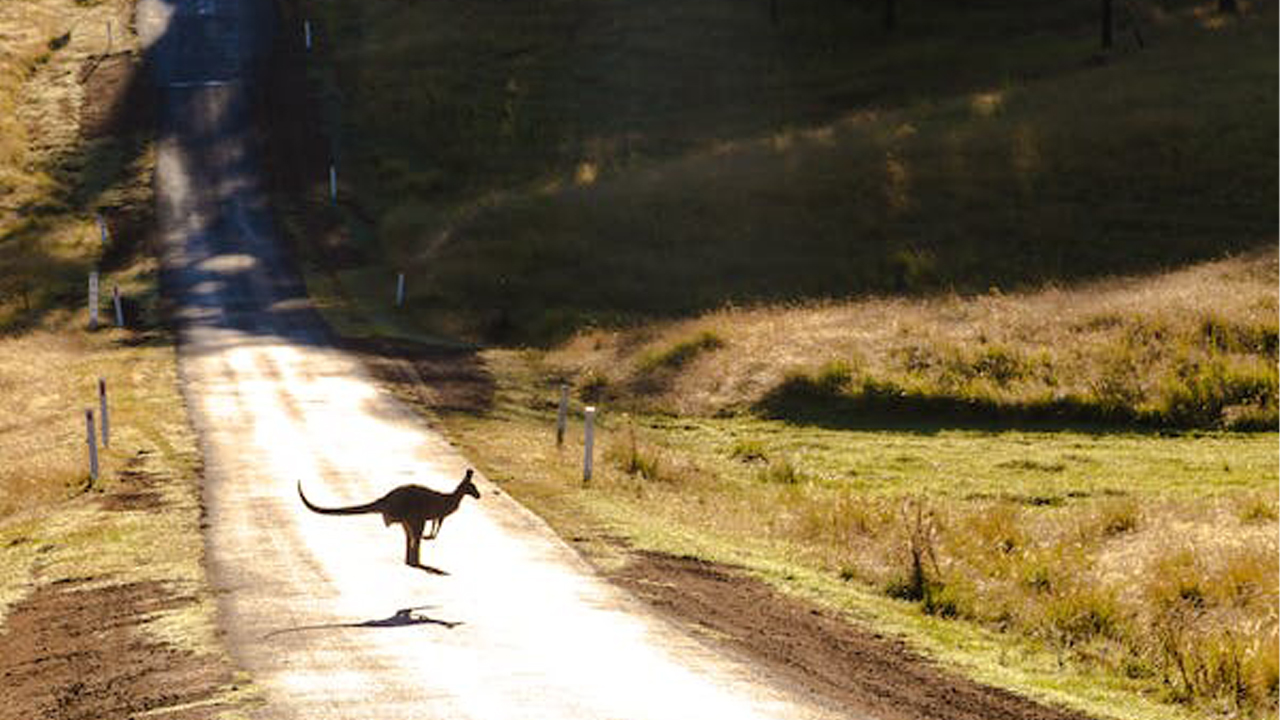Australia (Common Wealth) _ According to a new analysis, home insurance premiums in high-risk areas of Australia have increased by 50% in a year as a result of the escalating impact of climate disasters.
It’s the greatest increase in two decades, stoking fears among industry leaders that consumers would forgo insurance completely. This circumstance has raised the likelihood of Australians having to cancel their home insurance after rates jumped by 28% in the last year, the largest increase in more than two decades.
The median annual cost of home insurance increased by more than $400 in the year to March, according to Actuaries Institute study released today. In certain circumstances, insurance for properties in high-risk, flood-prone areas increased by 50%.
Almost one in every eight Australian households is now “affordability stressed,” which means they spend more than four weeks of their annual income on home insurance.
Households in the flood-prone Northern Rivers region of NSW, as well as north Queensland and Western Australia, have been impacted the hardest. In a statement, actuary and report co-author Sharanjit Paddam remarked, “This is the largest increase in home insurance premiums I have seen in the last two decades.”
Half of the increase in home insurance premiums is related to building cost inflation, which has accelerated in recent years due to supply chain bottlenecks. Natural disasters have also increased, as have reinsurance costs, as a result of the already-observed effects of climate change. Paddam predicted that affordability pressures would intensify as a result of climate change, and that the government would need to take steps to prevent individuals from canceling their home insurance.
Households will struggle to recover from disasters without insurance, and governments, taxpayers, charities, and many other forms of assistance will be left to fend for themselves. . This frequently leads in people receiving some assistance, but not the full economic recovery that they would receive if insured, he says.
The Actuaries Institute analysis comes after Choice Research found that 87 percent of policyholders saw their premiums increase at their most recent policy renewal. Farmers for Climate Action member Peter Lake of Ulmarra said in a statement that climate change has caused more frequent flooding on his farm in northern New South Wales.
We’ve experienced catastrophic flooding in 2009, 2011, 2013, and 2021, but nothing could have prepared us for February 2022. We lost our fences and feed and were forced to sell the majority of our livestock. Even after the waves receded, we were still engulfed in mud. We fought mud for months, he explained. Lake’s insurance bill has skyrocketed after the floods.
I was offered $19,000 per year to insure my property, which is simply excessive. We had to balance the pros and cons of not insuring our agricultural equipment, sheds, and fences. We’re merely insuring the house and a horse float for the time being.
The federal government launched a Disaster Ready Fund earlier this year, investing up to $200 million per year to risk and resilience programs.
The Actuaries Institute research proposed that the government increase tax breaks and insurance subsidies to assist alleviate cost pressures.
The paper indicates that an insurance pool for flood-prone communities, similar to the Morrison government’s cyclone insurance pool in northern Australia, could be part of the solution.
The authors of the report and the Actuaries Institute have advocated for immediate legislative suggestions such as risk reduction measures, reform of insurance-based taxation, targeted subsidies, and cost-sharing measures such as a flood insurance pool.
If we do not take policy action now, we can expect more people to abandon home insurance — without insurance, households will struggle to recover from disasters, and governments, taxpayers, charities, and many informal means of support will be left to assist, said Sharanjit Paddam, co-author of the report.








